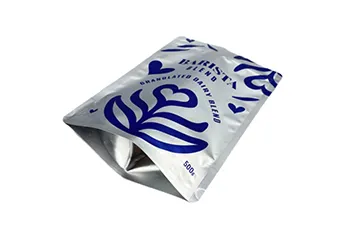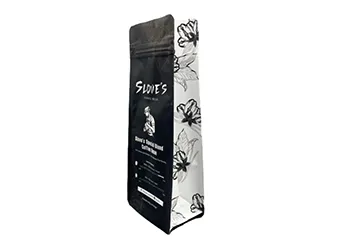Aluminium foil packaging has long been lauded for its versatility in preserving the freshness and quality of food items. Its prevalence in kitchens around the globe speaks to its reputation as a reliable medium for both storage and cooking. Cutting through the clutter of existing content, this article unveils insights into the advantages of using aluminium foil packaging, based on expert analysis and user experiences.

Aluminium foil, composed of thin sheets of aluminium, is indispensable in the food industry. Its impermeable nature acts as a barrier to light, oxygen, moisture, and bacteria, which are primary contributors to food spoilage. Food technologists and experts in the culinary space consistently recommend aluminium foil for its proven capability to extend the shelf life of perishables.
One substantial benefit of aluminium foil is its resilience in various temperatures. From the icy environments of the freezer to the intense heat of an oven, aluminium foil maintains its integrity, thus safeguarding the food enclosed within. Consumers have shared experiences involving the storage of leftovers securely in foil and reheating them without any significant quality degradation. This adaptability minimizes the need for transferring food between different containers, reducing potential contamination risks.

The use of aluminium foil is not limited to just wrapping and covering food. In recent years, culinary experts have been exploring innovative ways to use foil in cooking techniques. For instance, baking fish or vegetables in a foil pouch, known as en papillote, not only locks in flavor and moisture but also eliminates the need for excessive oils or fats. This method has been recognized by nutritionists for its capability to produce healthier dishes without compromising on taste or texture.
Despite the versatility of aluminium foil, it's imperative to consider the authority of its source. Food safety agencies worldwide,
including the U.S. Food and Drug Administration (FDA) and the European Food Safety Authority (EFSA), have evaluated and affirmed its safety for direct food contact. Their endorsements underpin the trust consumers can place in aluminium foil as a non-toxic and effective food packaging solution.
food packed in aluminium foil
Environmental sustainability has increasingly become a focal point regarding packaging materials. It is a common misconception that aluminium foil is not environmentally friendly due to its manufacturing process. However, industry experts highlight that aluminium is highly recyclable and retains its quality after being recycled. Recycling aluminium requires significantly less energy compared to producing new aluminium, making it a preferred choice for eco-conscious consumers and manufacturers alike.
Nonetheless, users are advised to exercise caution when using foil with highly acidic or salty foods. Chemical reactions between the aluminium and the food can lead to slight leaching. This phenomenon, although generally harmless, can alter the flavour of certain dishes. Experts typically recommend the use of parchment paper as a protective layer to avoid this interaction while still reaping the benefits of aluminium's protective properties.
Regarding trust, several brands in the market have established themselves as reliable producers of high-quality aluminium foil products. They adhere to rigorous standards and continuous product testing to ensure consumer safety and satisfaction. Consumers are urged to look for certified labels and endorsements from reputable culinary and safety organizations when purchasing foil products.
In conclusion, aluminium foil packaging continues to be a trusted ally in food preservation and culinary innovation. Its blend of protective qualities, environmental recyclability, and endorsement by safety authorities positions it as a wise choice in food packaging. Embracing the dual virtues of utility and eco-friendliness presents an opportunity for consumers and food businesses to foster a sustainable yet practical approach to food handling and storage.